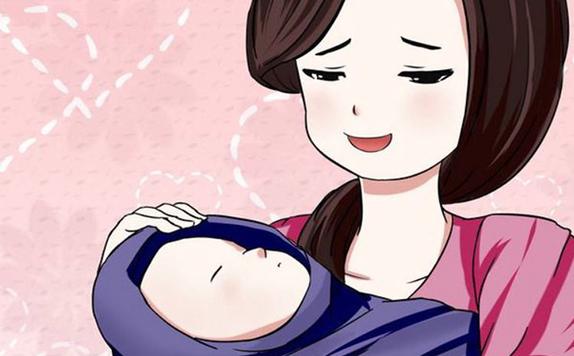Lower back pain is discomfort that many people experience, especially women, who often feel lower back pain during menstruation and consider it normal. Office workers who sit for long periods of time also frequently complain of lower back pain at the end of the day. However, for women, frequent lower back pain may be a warning sign of health issues that should not be ignored.
Spurs in the lumbar vertebrae can cause stiffness and soreness in the lower back, with slight relief after rest but worsened with movement. This is often related to prolonged overwork and injuries to the lower back, and chronic fatigue may also lead to other problems.
Gynecological diseases are quite common, such as uterine foreign bodies or abnormalities in the appendages, which can cause a heavy feeling and pain in the lower abdomen and lower back, disrupt the menstrual cycle, and lead to irregularities, especially more noticeable before and after menstruation.
For women who need to stand for long periods of time, the burden on the lower back tendons and ligaments increases, leading to the accumulation of lactic acid, disrupting the normal metabolism of the lower back muscles, causing strain-related lower back pain.
Women using an intrauterine device may experience reflex lower back pain due to irritation of the uterine wall, especially common in the first three months after insertion. In such cases, prompt consultation with a doctor is advised, and if necessary, the intrauterine device should be removed to avoid future complications.
Menopausal women may experience lower back pain due to hormonal changes and age-related loss of bone density. If proper care is neglected, they may also experience lower back pain after physical labor or long periods of walking.
Lower back pain should not be simply endured, as it may be a signal of underlying health issues. To alleviate lower back pain, you can try the following methods: keeping the lower back warm and avoiding cold exposure; applying heat to improve blood circulation; performing moderate exercises to strengthen the lower back muscles, such as the plank and lying swan exercises, to reduce pain; correcting poor posture to reduce pressure on the lower back. If self-care measures are ineffective, timely gynecological examinations are recommended for early treatment.
Therefore, frequent lower back pain in women should not be underestimated, as it may be a manifestation of underlying health problems. It is crucial to take appropriate measures according to the different causes and not to delay seeking help.


